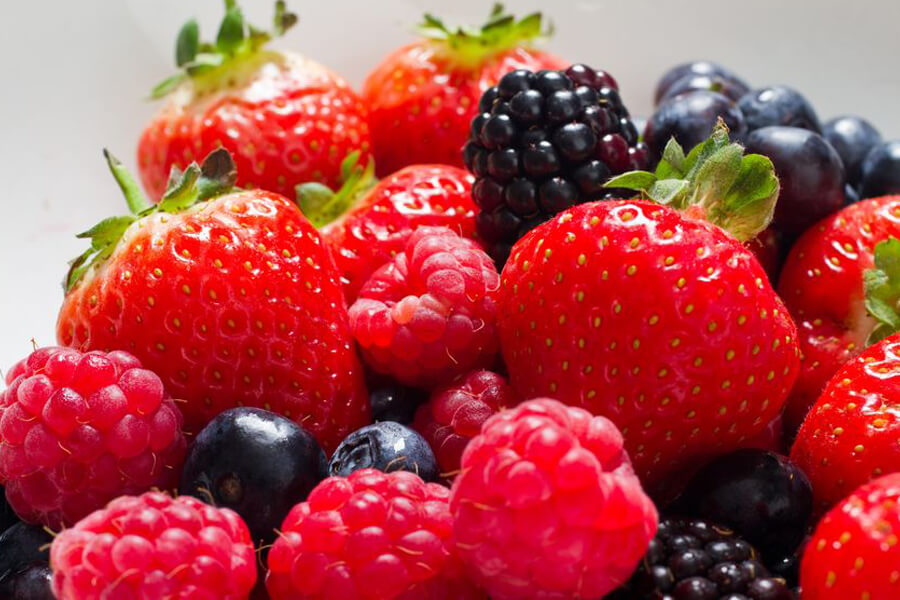A new study has found that the pigment found in some fruits and vegetables may help decrease the risk of cardiovascular disease.
Research from Northumbria University in the UK found that when ingested in high quantities, anthocyanin, the pigment that gives produce its red, purple and blue color, reduced the risk of developing coronary heart disease by 9% and the risk of death due to heart disease by 8%.
The research on cardiovascular risks
The study, which was published in the journal Critical Reviews in Food Science and Nutrition, looked at data from more than 602,000 people from Europe, the United States and Australia for anywhere from 4 to 41 years. They looked at heart healthy and the circulatory system and the effects of anthocyanin often found in things like:
- blackberries
- raspberries
- blueberries
- eggplants
- red cabbage
- acai berries
- some cherries
- some grapes
- some sweet potatoes
Although the positive benefits of anthocyanin were significant among people in the United States, the link didn’t seem to appear in people in Europe or Australia.
Cardiovascular disease in the United States
According to the World Health Organization, around 84 million people in the United States have some sort of cardiovascular issues and they are the top cause of death around the world.
Men with cardiovascular disease often don’t eat enough fruits and vegetables.
Understanding antioxidants
Anthocyanins fall into the class of flavonoids, natural antioxidants that protect cells against degeneration.
In addition to fruits and vegetables, antioxidants can be found in dark chocolate, pecans, and beans, among other foods.
There are several kinds of antioxidants that come from outside the body, including:
- vitamin C
- vitamin A
- vitamin E
- selenium
- manganese
- beta-carotene
- lycopene
- lutein
- zeaxanthin
If you’re looking to increase your antioxidants and phytonutrients, increase your plant-based food intake. They’re rich in flavonoids, catechins, polyphenols, flavones and phytoestrogens and will help fight free radicals in the body.

